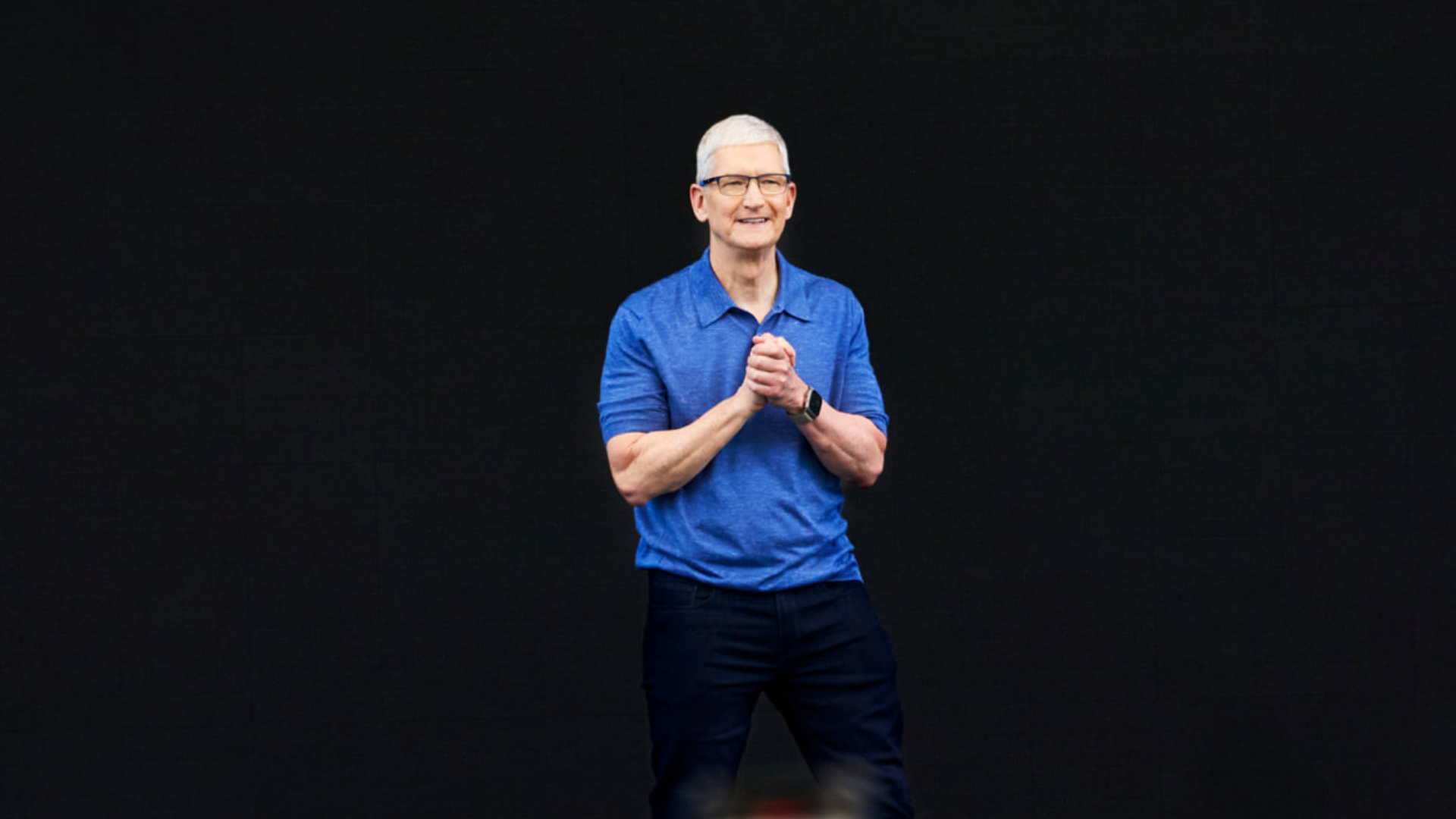The exclusivity in Microsoft’ s relationship with OpenAI has officially come to an end. On Tuesday, the Redmond giant, in a rare alliance with Nvidia, sealed a new configuration at the top of the tech industry by investing in Anthropic, a major rival to the makers of ChatGPT. As part of the complex deal, the startup, recently valued at $183 billion, has committed to spend as much as $30 billion on Microsoft’s Azure cloud infrastructure. In return, Nvidia will offer a capital injection of up to $10bn and Microsoft will contribute another $5bn, cementing its role as the ‘armourer’ in the AI war.
For Satya Nadella, this step is as much pragmatic as it is necessary. Although Microsoft’s CEO asserts that OpenAI remains a “critical partner”, the market reads the move unequivocally: Redmond no longer intends to rely on the success of just one model company. Anthropic, which is aggressively capturing the enterprise market and already serves more than 300,000 enterprise customers, becomes the ideal hedge. The deal will bring Claude models to Azure AI Foundry, making Anthropic the only boundary model provider available from all three major cloud operators (AWS, Google and Microsoft).
The decision comes at a time when OpenAI itself, led by Sam Altman, is seeking greater independence after a major restructuring and move away from the non-profit model. The startup recently announced a $38 billion cloud deal with Amazon and chalks up ambitious infrastructure plans of $1.4 trillion. In the face of such astronomical costs – where the industry estimates the cost of 1 gigawatt of AI computing power at $20-25 billion – corporate loyalty gives way to mathematics.
The main objective of the partnership is to systemically reduce the dependence of the AI economy on OpenAI. However, the structure of these deals is of growing concern to investors. What we have is a closed loop of capital: tech giants invest in startups, which then return these funds in the form of cloud fees, artificially pumping up donor revenues. For Nvidia, it’s an ideal arrangement – whether Claude or ChatGPT wins, demand for Grace Blackwell chips remains insatiable, although the risk of a bubble in the sector is becoming increasingly tangible.












